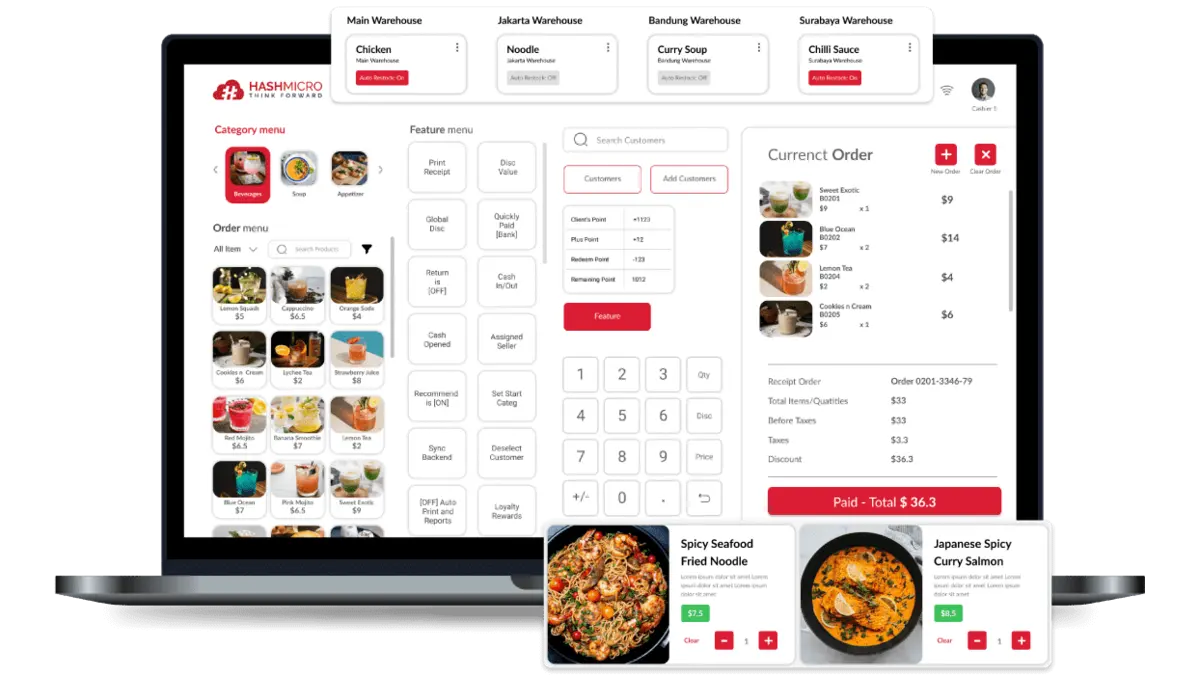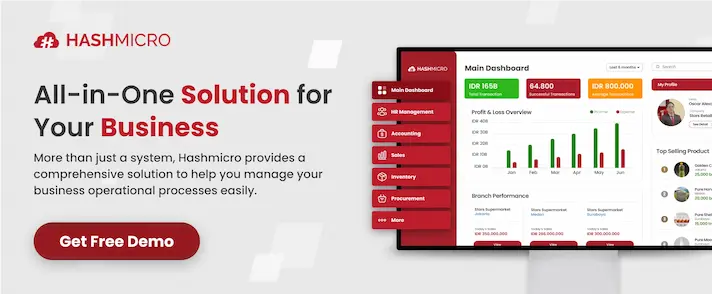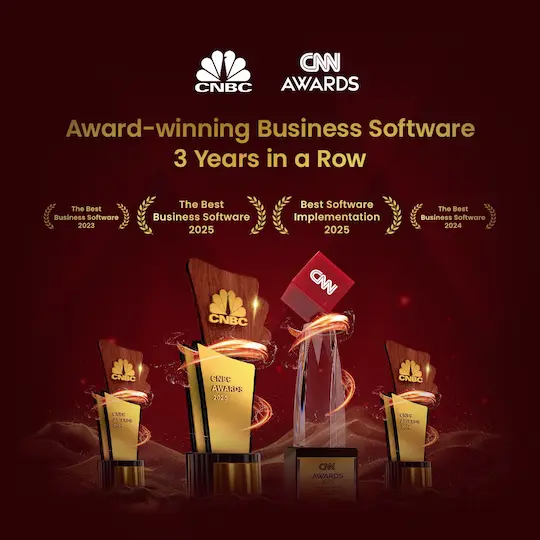Are you struggling to maximize the benefits of your loyalty points? Inefficient tracking and manual reward processes may be quietly reducing customer engagement and retention. Without the right system in place, businesses risk delayed rewards, missed opportunities, and impersonal experiences.
Loyalty programs are more than just a way to offer discounts; they’re powerful tools to deepen customer relationships and encourage repeat purchases. With the help of automation and data-driven insights, you can deliver personalized rewards, enhance customer satisfaction, and foster long-term growth.
Optimizing your loyalty program might be the strategic move your business needs. Curious how digital solutions can enhance engagement and boost loyalty? Let’s dive in!
Key Takeaways
|
What are Loyalty Points?
Loyalty points are a strategic approach used by businesses to reward customers for their consistent support. Through this system, customers accumulate points based on their transactions or engagement with a brand, fostering a sense of appreciation and encouraging repeat visits.
These points can later be exchanged for a variety of benefits such as discounts, complimentary items, or special deals. By offering loyalty points, businesses not only enhance customer satisfaction but also build stronger, long-term relationships that drive retention and increase overall brand value.
How Do Loyalty Points Work?
Loyalty points serve as an organised incentive system, allowing customers to accumulate loyalty rewards through their ongoing interactions with a business, whether it’s through making purchases, referring friends, or engaging with promotional activities.
This system typically unfolds in three key phases:
1. Accumulation
Customers can earn loyalty points through various activities that demonstrate their engagement with a brand. These points are commonly accumulated in the following ways:
- Making Purchases: For each Singapore dollar spent, customers earn a set number of points (e.g., $1 = 1 point), encouraging continued shopping.
- Account Registration: New users are often rewarded with bonus points simply for signing up or creating a profile.
- Referral Program: Referring a friend who completes a purchase can earn the original customer extra points as a thank-you for spreading the word.
- Social Media Interactions: Following, liking, or sharing brand content on social platforms may result in additional points.
- Providing Feedback or Reviews: Writing product reviews or participating in customer surveys can also earn you points.
- Exclusive Offers & Campaigns: During special events such as birthdays or festive promotions, brands may offer time-limited bonus points to boost participation.
2. Redemption
After accumulating a certain number of points, customers can exchange them for a variety of appealing rewards. To maintain a healthy balance between customer satisfaction and business profitability, companies usually establish clear redemption guidelines.
Popular ways to redeem loyalty points include:
- Discounts on future purchases: For example, customers may use 500 points to get S$5 off their next order.
- Complementary products or services: Points can be traded for selected items or service offerings.
- Exclusive member privileges: Access to VIP-only events, early product launches, or private sales is often reserved for loyal members.
- Gift cards: Customers may redeem points for gift cards, either from the store itself or partnered retailers.
- Experiential rewards: Some programs offer unique experiences, such as travel upgrades, dining packages, or event access.
- Charitable donations: In some cases, customers can choose to convert their points into donations to support charitable causes.
For loyalty programs to remain effective, the redemption process should be transparent and straightforward. Overly complicated steps or limited reward choices can discourage customer participation and diminish program value.
3. Expiration
Loyalty points often include expiration policies to motivate customers to redeem them within a specific timeframe while helping businesses manage their financial obligations.
However, if these rules aren’t communicated or properly managed, expired points can lead to customer dissatisfaction and weaken brand loyalty.
Common types of expiration include:
- Time-based expiration: Points are valid for a predetermined period, such as 12 months, after being earned.
- Expiration due to inactivity: If a customer hasn’t made any transactions or logged in for a particular duration, their points may become invalid.
- No expiration policy: Some premium or customer-focused brands allow points to remain valid indefinitely, provided the account is active and in good standing.
How to Calculate the Value of Loyalty Points Effectively

Assigning value to loyalty points follows a precise calculation. The worth of each point is determined based on the rewards structure you offer and how much customers need to spend to earn those rewards.
For instance, if your program offers 5 points for every S$1 spent and a S$5 discount requires 500 points, that means a customer would need to pay S$100 to earn enough points. To find the value of a single point, divide the reward amount (S$5) by the required number of points (500). It gives you a point value of S$0.01, or one cent.
In this setup, you’re effectively returning 5% of each purchase to the customer in value (500 points/S$100).
Pro Tip: To maintain the long-term viability of your loyalty program, consider capping the return rate at 5%. A 1 point = 1 cent ratio is widely accepted and easily understood by most customers.
While using a simple spend-to-earn ratio is the most straightforward way to determine point value, it’s not the only method. There are alternative approaches businesses can take to create a more strategic and effective loyalty point system:
- Cost-based method
It involves calculating the cost-per-point (CPP) by dividing the expense of the reward by the total number of points needed to redeem it. Once you know how much each point costs your business, you can adjust the point value to ensure your program remains financially sustainable.
- Competitor-based method
Aligning your loyalty point value with industry standards can help you stay competitive. However, if you have strong insights from customer research, introducing a fresh point structure that stands out from competitors may capture more attention.
- Customer-focused method
If customers aren’t engaging with your program despite a seemingly reasonable value system, it may be time to listen to their feedback. Re-evaluating and enhancing the point value also could improve participation and satisfaction.
Best Practices for Setting Loyalty Programs
Before you jump into creating a loyalty program for your store, it’s essential to take a step back and consider a few key strategies that can help you get the most out of your efforts.
To ensure your program is both appealing and practical, we’ve compiled some helpful insights to guide you in structuring rewards, engaging your audience, and choosing the right tools.
These tips will help you build a loyalty system that not only attracts customers but also keeps them coming back.
1. Align reward with brand values and customer desires
A loyalty program won’t foster true customer loyalty if the rewards don’t reflect your brand’s values or appeal to what your customers care about. That’s why it’s essential to design a rewards system that resonates with both your business identity and your audience’s preferences.
For example, a local Singaporean skincare brand that offers 1000 points to customers who return empty product containers for recycling, even if those containers are from other brands. In return, customers can redeem those points for S$10 off their next purchase.
This approach not only supports sustainability but also encourages repeat purchases while aligning with eco-conscious values.
2. Explore diverse reward options
To make your loyalty program stand out and leave a lasting impression, consider incorporating diverse rewards that go beyond basic price cuts. Instead of sticking solely to discounts, try offering unique experiences, such as invitations to exclusive workshops featuring local Singaporean brands.
You can also personalize rewards by analyzing customers’ past purchases. For instance, if a customer previously bought a skincare product, offer them a complimentary item that pairs well with it.
3. Implement tiered reward structures
To increase your Customer Lifetime Value (CLV), adopting a tiered loyalty program can be an effective strategy. By assigning more attractive and exclusive perks at each tier level, you motivate customers to reach the next level.
For example, in Singapore, you could offer higher-tier members perks like priority access to National Day sales, exclusive invites to local product launches, or complimentary vouchers from popular Singaporean cafés.
4. Optimize reward redemption processes
Boosting your Customer Lifetime Value (CLV) can be more achievable by implementing a tiered loyalty program. This approach rewards customers with increasingly valuable and exclusive perks as they move up each level.
For example, in the Singaporean market, you might offer upper-tier members early access to seasonal shopping events like the Great Singapore Sale, VIP passes to homegrown brand launches, or even complimentary vouchers for well-loved local spots like Toast Box.
Simplify Loyalty Points Management with HashMicro’s POS Software

HashMicro’s POS Software offers a comprehensive solution for managing loyalty points with accuracy and ease. It enables businesses to track and manage customer rewards across every transaction seamlessly. It ensures that each interaction contributes to stronger customer engagement and long-term loyalty.
The system comes in multiple formats, including General POS, Retail POS, and Restaurant POS. These features empower businesses to offer personalized incentives, monitor spending behaviour, and reward loyal customers effectively.
One of the standout elements of HashMicro’s POS solution is the Membership and loyalty program software, which supports point accumulation, tier-based reward programs, and automated redemption.
It simplifies an end-to-end approach that helps increase CLV while streamlining loyalty program management. Here are the key features of HashMicro’s POS software:
- Membership tracking: Create detailed customer profiles, monitor purchase behaviour, and segment users for targeted rewards and promotions.
- Integrated point-based system: Easily configure loyalty rules, digital vouchers, and tier upgrades, with automatic point collection and redemption at checkout.
- Real-time stock & sales sync: Points can be adjusted in real time based on purchases, ensuring up-to-date reward calculations.
- Flexible promotions: Set up custom reward campaigns, time-limited offers, and exclusive member discounts to boost loyalty engagement.
- Transaction & customer insights: Gain access to comprehensive reports on point usage, top customers, and reward redemption trends.
- System integration: Seamlessly connects with CRM, inventory, and accounting systems to streamline business operations and improve customer experience.
With this robust and versatile POS software, businesses can easily implement and manage loyalty programs that foster repeat business, enhance customer satisfaction, and drive sustainable growth.
Conclusion
Selecting the right POS software in Singapore is crucial for businesses aiming to build stronger customer relationships through effective loyalty point management. An innovative POS system can help companies to boost retention, encourage repeat purchases, and ensure program transparency.
HashMicro’s POS Software offers an integrated solution designed to simplify and automate loyalty point tracking. With real-time data syncing and automated redemption features, businesses can seamlessly manage their customer loyalty programs while gaining insights into buying behaviour.
To support digital transformation, eligible companies can apply for up to 70% funding through the NTUC CTC Grant when adopting innovative solutions like HashMicro.
Request a free demo today and see how HashMicro’s POS Software can elevate your loyalty program and drive customer engagement effortlessly.
[wpcode id=”43347″ catimg=”POS”]
Frequently Asked Questions
-
What is the point of loyalty?
Loyalty programs offer rewards, discounts, or other special incentives and are designed as a reward for a customer’s repeat business.
-
Why are loyalty points valid?
Businesses use customer loyalty programs to foster repeat business and boost customer lifetime value. Organizations can offer discounts, early access to new products, and other loyalty rewards to their customer base in exchange for frequent purchases.
-
What’s the point of being royal?
Relationships with loyalty are stronger because both people can be themselves and share what they’re experiencing without fear that the other person will abandon them. It is true for romantic, work, family, and social relationships.































